On a crisp October night at Dodger Stadium, the weight of 120 years of World Series history vanished in the span of three pitches. Davis Schneider, a 26-year-old backup outfielder with a .188 playoff batting average just hours earlier, crushed the first pitch he saw — a high fastball from Blake Snell — into left field. Before the crowd could even catch its breath, Vladimir Guerrero Jr. followed with a 394-foot rocket of his own, turning the top of the first inning into something no World Series had ever seen: back-to-back leadoff home runs. It happened at 8:07 PM Pacific Daylight Time on Game 5 of the 2025 World SeriesDodger Stadium, and it changed everything.
The Moment That Broke History
Snell, the 2018 AL Cy Young winner and $182 million Dodgers pitcher, had allowed just one home run in his previous 50 innings this postseason. His first three pitches? All fastballs. The first to Schneider — a 96-mph heater up and in — became a 412-foot shot. The second? A slider that missed the zone. The third? Another fastball, lower and away, and Guerrero — the 25-year-old slugger whose father is a Hall of Famer — turned on it like a man who’d been waiting his whole life for this moment. The ball left his bat at 112 mph. The crowd went silent. The scoreboard lit up. And the Blue Jays had their first lead of the entire World Series.
It wasn’t just rare. It was unprecedented. In 120 years of World Series baseball, no team had ever opened a game with back-to-back homers. Not in 1903, not in 1927, not even in 1996 when the Yankees rolled over the Braves. The closest came in 2002, when Ray Durham and Scott Hatteberg did it in the ALDS — but that was the regular playoffs. This was the World Series. The final stage. The stage where legends are carved into stone.
Who Are the Men Behind the Feat?
Don’t let Schneider’s backup status fool you. Selected in the 10th round of the 2019 draft, he was playing left field because George Springer was sidelined with a hamstring strain and Nathan Lukes was benched after a 1-for-15 slump. Schneider had gone 3-for-16 in six playoff games. No RBIs. No homers. Until now. His blast wasn’t just a fluke — it was a statement. He didn’t swing for the fences. He just stayed inside the ball and drove it.
Guerrero? He’s a different kind of force. With that eighth home run of the 2025 postseason, he broke José Bautista’s 2015 Blue Jays record. He’s now the most dangerous hitter alive in October. And he did it again after homering off Shohei Ohtani in Game 4 — a surreal twist, given Ohtani had started the game as the Dodgers’ DH but was pulled early after allowing two runs in two innings. The narrative writes itself: Guerrero, the son of a legend, outdueling the modern-day two-way marvel.
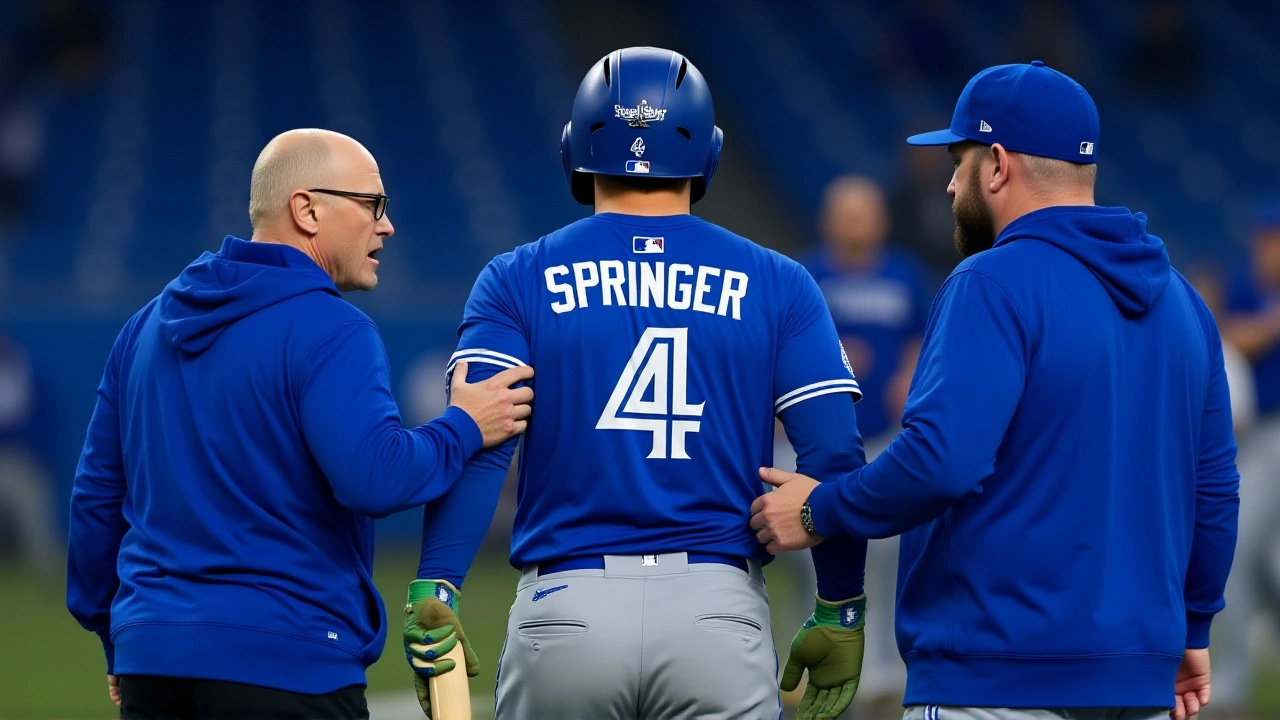
The Pitcher Who Couldn’t Stop It
Snell, once the most feared left-hander in baseball, looked rattled. After those three fastballs, he threw exactly zero more for the rest of the inning. He mixed sliders and curveballs, but the damage was done. He finished the inning with a 4.50 ERA for the series — a steep drop from his 1.89 in the NLCS. He had been dominant until this moment. Now, he was part of a footnote.
And here’s the twist: Snell had started Game 1 in Toronto, where he gave up five runs on eight hits. He was supposed to be the Dodgers’ stabilizer. Instead, he became the catalyst for a historic collapse — not of his team, but of his own aura. The Dodgers had won Game 3 in 18 innings after Ohtani’s two homers. They had the momentum. They had the home-field advantage. But one inning changed the entire arc of the series.
Why This Matters Beyond the Box Score
The Blue Jays hadn’t been to the World Series since 1993. They hadn’t won since 1992. Their last title was before most of this roster was born. Now, with a 3-2 lead, they’re one win from ending a 32-year drought. And they did it with a backup hitter and a generational slugger — not with a star-laden lineup, but with grit, timing, and a pair of perfect swings.
The Dodgers, meanwhile, are on the brink. Their offense, which had been scorching hot through Games 3 and 4, went quiet after Schneider’s homer. Mookie Betts went 0-for-4. Freddie Freeman struck out twice. The Dodgers’ bullpen, usually their strength, had to work extra innings again — and they’re running thin. The pressure isn’t just on Snell anymore. It’s on manager Dave Roberts to find answers before Game 6.
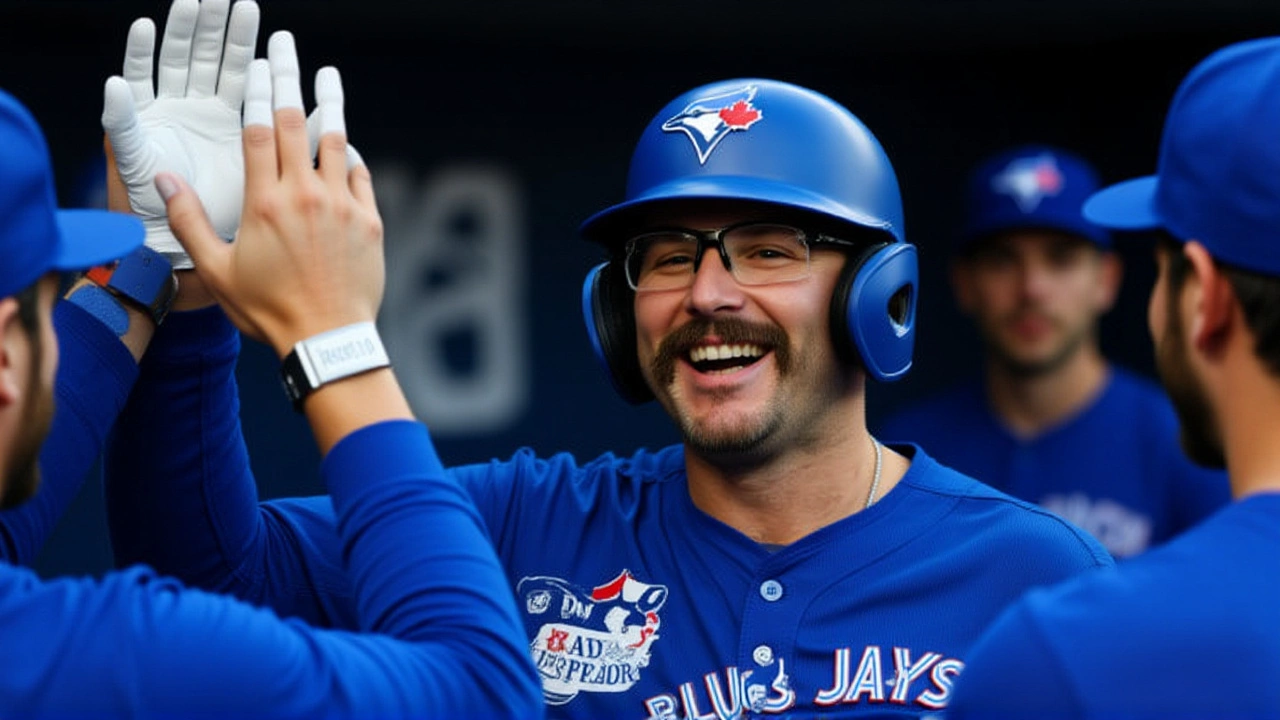
What’s Next? The Stage Is Set in Toronto
Game 6 is scheduled for Friday, October 31, 2025, at Rogers Centre in Toronto. The Blue Jays will send Alek Manoah to the mound — a 27-year-old right-hander who’s been electric in October, allowing just two earned runs in 17 innings this postseason. The Dodgers counter with Tony Gonsolin, who’s been solid but hasn’t faced this kind of pressure since the NLCS.
If the Blue Jays win, they’ll hoist their first trophy since 1993. If the Dodgers win, it’s Game 7 on November 1 — and the pressure shifts entirely to Toronto. Either way, this series has already rewritten the record books. But now, the final chapter is being written on Canadian soil.
Frequently Asked Questions
Has any team ever hit back-to-back leadoff homers in a World Series before?
No. This was the first time in 120 years of World Series history. While back-to-back leadoff homers have happened in the ALDS and NLDS — most notably by Oakland’s Ray Durham and Scott Hatteberg in 2002 — no team had ever done it in the World Series. The Blue Jays’ Davis Schneider and Vladimir Guerrero Jr. broke that streak on three pitches in Game 5.
How significant is Vladimir Guerrero Jr.’s eighth postseason home run?
It’s franchise history. Guerrero surpassed José Bautista’s 2015 record of seven postseason homers for the Blue Jays. He’s now the most prolific power hitter in Toronto’s playoff history, and his eighth homer came on a 394-foot blast that sealed the historic inning. He’s also the first player to homer off Shohei Ohtani in the World Series since Ohtani became a pitcher.
Why did Blake Snell throw only fastballs to start the game?
Snell, known for his devastating slider and curve, likely tried to establish his fastball early to set up his off-speed pitches. But Schneider and Guerrero were ready. Snell had thrown fastballs on 58% of his pitches in the 2025 postseason — but never had he been punished so early. After those three pitches, he abandoned the fastball entirely for the rest of the inning.
What’s the significance of the Blue Jays hosting Game 6?
The Blue Jays haven’t won a World Series game at home since 1993. Rogers Centre has been a fortress in the playoffs this year, with a 5-1 record. Home-field advantage, combined with the electric energy of a Canadian crowd desperate for a title, could be the final push. The Dodgers, who’ve won two of three games in LA, now face the challenge of closing out a series on the road — a rarity in modern baseball.
How does this compare to other historic World Series moments?
It’s in the same league as Bobby Thomson’s "Shot Heard ‘Round the World" in 1951 or Bill Mazeroski’s walk-off in 1960 — but with a modern twist. Unlike those, this wasn’t a walk-off or a pennant-clincher. It was a first-inning explosion that shifted momentum, broke a 120-year barrier, and put a team on the brink of ending a three-decade drought. It’s the kind of moment that gets replayed for generations.
What’s the next step for the Blue Jays if they win Game 6?
They’ll win their first World Series since 1993 — and become the first Canadian team to win the title since the 1993 Blue Jays. The franchise, owned by Rogers Communications and managed by Ross Atkins, would cement its legacy as a dynasty in the making. Players like Guerrero, Bo Bichette, and Alek Manoah would become household names across North America — and the team’s 2025 run would be studied in baseball academies for decades.
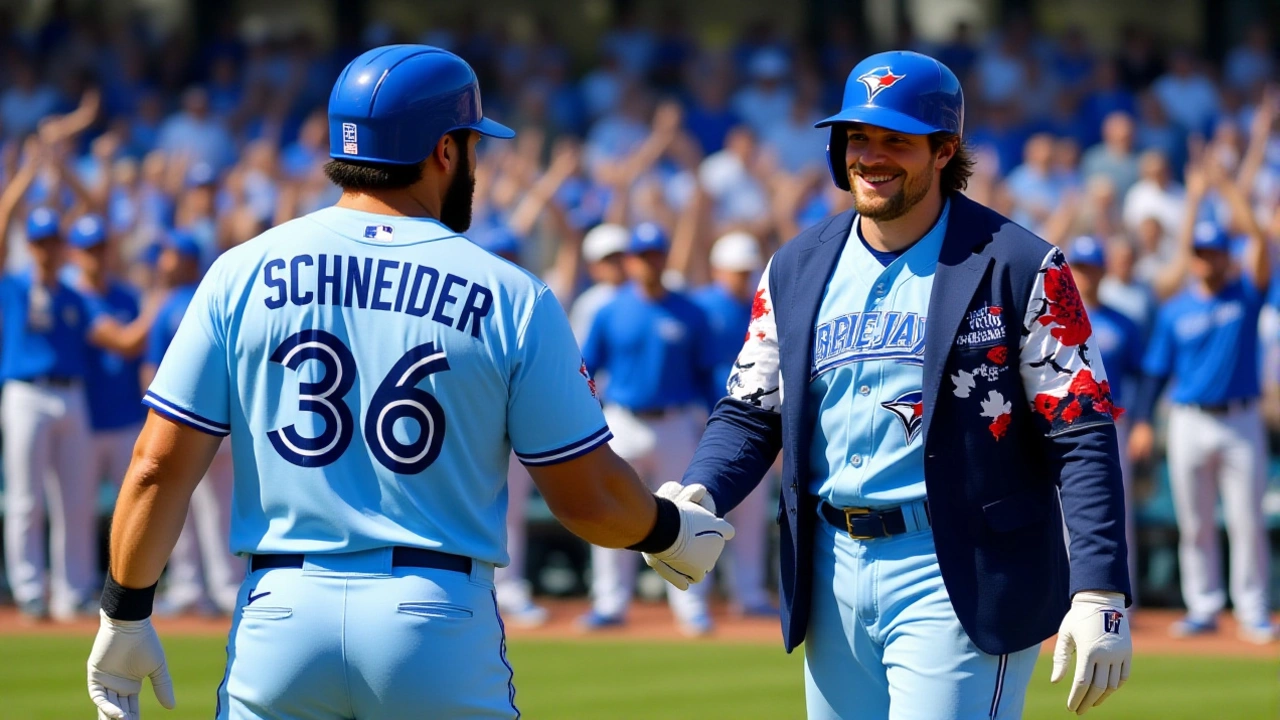
 Apakah adil bahwa beberapa orang tidak bisa mendapatkan akses ke layanan kesehatan?
Apakah adil bahwa beberapa orang tidak bisa mendapatkan akses ke layanan kesehatan?
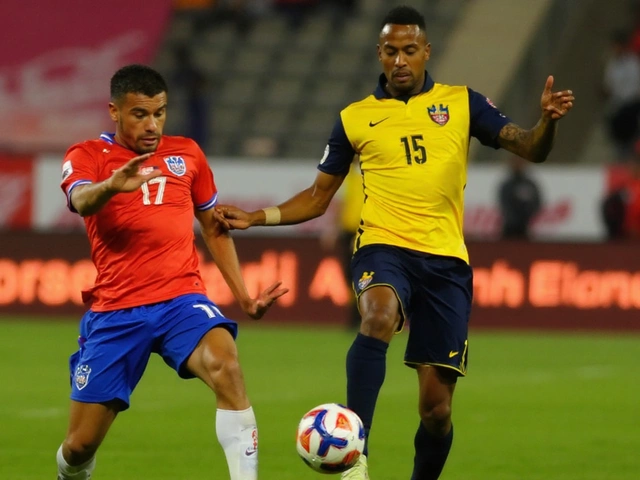 Chile vs Ecuador: No Record in Latest World Cup Qualifying Data—What We Know Now
Chile vs Ecuador: No Record in Latest World Cup Qualifying Data—What We Know Now
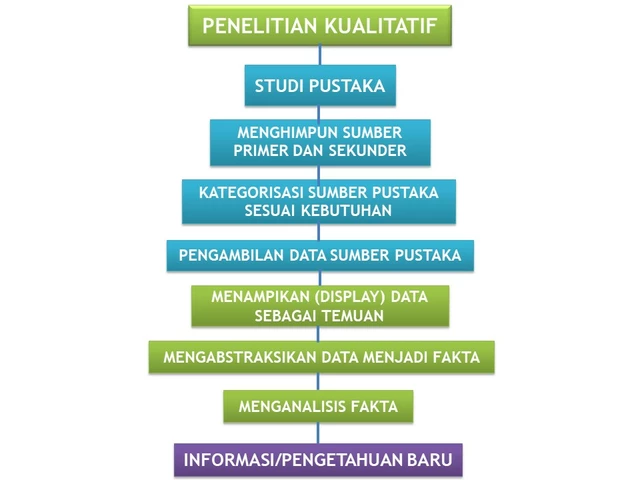 Bagaimana perawatan kesehatan primer dapat ditingkatkan?
Bagaimana perawatan kesehatan primer dapat ditingkatkan?
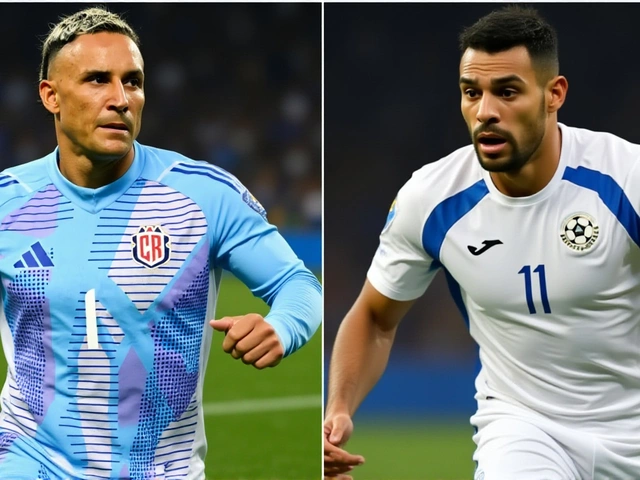 Costa Rica Beats Nicaragua 1-0 in World Cup Qualifier as Navas Plays Through Injury
Costa Rica Beats Nicaragua 1-0 in World Cup Qualifier as Navas Plays Through Injury
 Cameron Boozer's 35 Points Lead Duke Past Arkansas 80-71 in Chicago
Cameron Boozer's 35 Points Lead Duke Past Arkansas 80-71 in Chicago